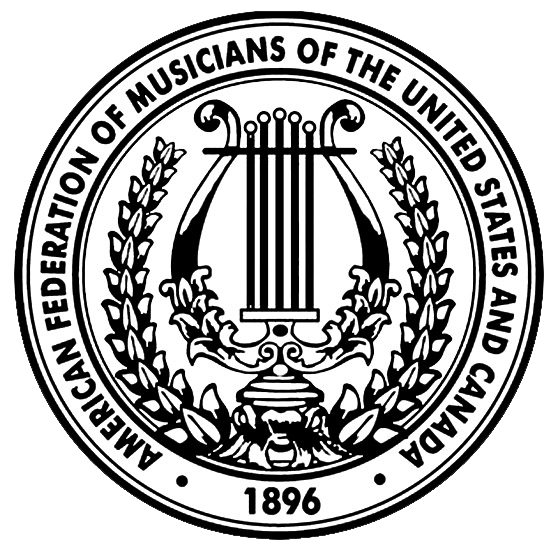Make It Fair
While radio used to be one of the only ways we could hear music, times have changed. The explosive growth of streaming services, combined with the diversity of listening options have transformed the music landscape. Yet, the current laws governing music were designed for a media landscape that no longer exists.
The United States antiquated system treats musicians and their music differently depending on how we hear it—especially for AM/FM radio. While streaming services like Spotify and Apple Music pay performers for their songs, traditional radio stations don’t pay a cent for playing creative property and using it to sell advertising.
The bipartisan Fair Play Fair Pay Act of 2017 introduced today aims to restore a core principle of fairness to music: People who work should be paid for their work, particularly when others are profiting from it. The Fair Play Fair Pay Act:
- Treats music the same, regardless of how we listen to it. Under the legislation, all forms of radio, regardless of the technology or platform used, would pay a fair market value for music performances. This would ensure that big AM/FM radio broadcasters receive equal treatment with digital radio platforms that pay performance royalties to music creators whose songs are broadcast through the internet, cable and satellite channels. The bill would also end satellite radio’s special “grandfathered,” or below market rate, and apply the “willing buyer, willing seller” standard across all platforms.
- Restores fairness for artists whose songs were written before 1972. Digital and AM/FM radio have stations that are dedicated exclusively to playing “oldies.” They earn millions each year from playing iconic records while refusing to pay anything to the performers who created them. While the issue is under litigation in the courts, this legislation makes it clear that pre-1972 recordings have value and those profiting from these recordings should pay appropriate royalties for their use.
- Protects and exempts small, local stations. Big Radio is alive and well. Ten radio corporations are responsible for about half the revenue generated by the nearly $15 billion radio industry while maintaining an average operating margin over 30%. Local, small market stations still exist and this bill treats community radio differently than big broadcast. Under the legislation, local AM/FM stations with annual revenues below one million dollars would pay just $500 a year, covering all the music they can play for little more than a dollar a day. Public, college and other noncommercial stations would pay only $100 a year.
